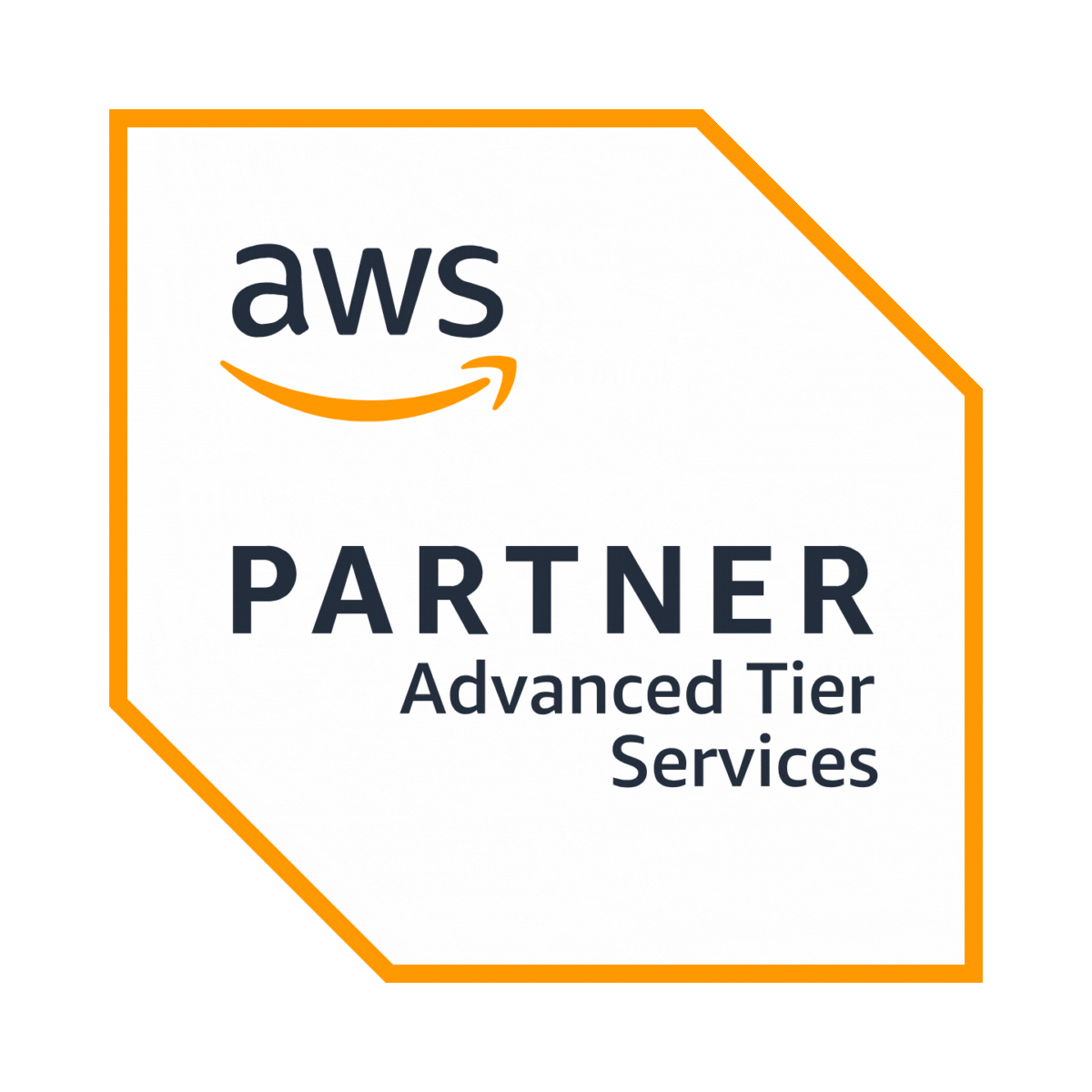Artificial intelligence (AI) is rewriting the rules of competitive advantage, with enterprises racing to leverage data-driven algorithms for automation, personalization, risk management, clinical insights, and much more.
Yet the pathway from raw data to transformative AI isn’t just technical; it’s governed by rules, regulations, and ethical imperatives that, when neglected, can cripple even the best-funded projects.
In this comprehensive guide, we’ll dig deep into how governance risks undermine AI success in large organizations, why effective data governance is mission-critical, and how innovative platforms like Applify Lakestack help resolve these risks for rapid, high-ROI outcomes.

Why data governance is non-negotiable for Enterprise AI
The rise of AI in the enterprise has redefined what’s possible across industries. Whether it’s predicting patient risk in healthcare, flagging fraud in finance, or powering predictive maintenance in automotive, AI models depend on a steady diet of trustworthy, well-governed data. Weak governance doesn’t just invite compliance headaches; it causes:
- Model corruption and bias: Unreliable data leads to skewed predictions, bad recommendations, and lost trust.
- Legal and regulatory exposure: Mishandling sensitive data (like PHI in healthcare or customer transactions in banking) triggers fines, lawsuits, and massive brand damage.
- Operational bottlenecks: Slow compliance, manual audits, and engineering bottlenecks delay insights that businesses desperately need.
- Critical project failures: Gartner forecasts up to 30% of GenAI projects will be abandoned by 2025, often due to governance gaps and data issues.
Discover how Lakestack, our data lakehouse solution, transforms messy, fragmented data into governed, AI-ready insights with no-code automation and AWS-native security.
The 5 dimensions of data governance risks and their AI impact
Let’s break down the most critical risk factors and how each impedes enterprise AI initiatives.
1. Data quality and integrity
- Symptoms: Incomplete, inconsistent, or poorly labeled data corrupts training sets and invalidates business insights.
- AI Impact: Models trained on bad data deliver unreliable predictions. In healthcare, this could mean missed high-risk patients; in finance, it could mean undetected fraud or compliance failures. It’s not just an annoyance; Gartner attributes 30% of failed GenAI projects to poor data quality and governance.
2. Access controls and policy enforcement
- Symptoms: Unmanaged sharing or weak access policies lead to unauthorized data access, breaches, and privacy violations.
- AI Impact: Sensitive data leaking into model training can expose confidential information, violate regulations (GDPR, HIPAA, SOX), and cause reputational harm.
Automated, role-based access control (RBAC) and cloud-native identity management are becoming table stakes for AI-ready organizations. Legacy manual controls are too slow and error-prone for the pace of modern analytics.
3. Lineage, auditability, and explainability
- Symptoms: Absence of clear data lineage and audit trails complicate regulatory audits, limit model explainability, and block transparency.
- AI Impact: Regulators, auditors, and even internal stakeholders may reject or halt AI projects if data cannot be traced, explained, and validated. For agentic, high-impact decisions (e.g., credit scoring, clinical triage), explainability is non-negotiable.
Platforms that provide native data lineage, transformation tracking, and audit logs enable faster, more defensible compliance reviews.
4. Compliance automation and timeliness
- Symptoms: Manual compliance reporting, slow validation cycles, and spreadsheet-based lineage tracking waste IT and business time.
- AI Impact: Enterprises must prove that AI workflows meet regulator standards, which means responding quickly to audit requests and demonstrating continuous compliance. Delay here doesn’t just slow analytics; it can halt whole initiatives.
The best-in-class solutions automate lineage, reporting, and policy enforcement, often with real-time dashboards and auto-generated compliance documentation.
5. Pipeline stability and engineering debt
- Symptoms: Unstable, hand-coded data pipelines break under scale, delaying feature engineering and model deployments.
- AI Impact: When data pipelines fail or require constant engineering maintenance, AI projects are delayed, abandoned, or never scaled ,often at significant financial loss.
Gartner predicts over 40% of "agentic" AI initiatives will be canceled by 2027 because of pipeline instability and lack of AI readiness. Unlock your roadmap to data readiness for AI, learn how unified governance, automation, and best practices prepare you for scalable AI adoption.
Real-world consequences across industries
Healthcare
Weak governance risks delayed or failed compliance with HIPAA, leading to long audit cycles and even lawsuits. Incomplete audit logs mean hospitals are exposed during regulatory reviews. Lakestack’s automated compliance (RBAC, lineage, audit logs) enables instant, HIPAA-aligned reporting ,cutting prep time by 80% and driving faster patient insights.
Finance
Financial services organizations face regulatory scrutiny (SOX, GDPR, FINCEN) for customer and transaction data governance. Manual, error-prone KYC/AML processes can stall audit responses for weeks. Real-time policy enforcement and lineage tracking built into platforms like Lakestack deliver reporting in hours, not weeks ,unlocking real-time fraud detection and reducing risk.
Automotive
Data fragmentation and unstable pipelines jeopardize uptime and predictive maintenance. OEMs and dealers can’t trust dashboards or AI-driven maintenance schedules without robust governance. Achieving centralized, governed, and explainable analytics is key to reducing warranty costs and accelerating enterprise efficiency.
Common enterprise mistakes in data governance for AI
- Treating governance as an IT problem only: True governance requires input from compliance, legal, business leaders, and domain experts, not just “engineering hygiene.”
- Manual policy enforcement and auditing: Relying on spreadsheets and human checks increases cost, slows response, and creates risk.
- Fragmented tool chains: Using multiple, unintegrated tools for ETL, governance, security, and analytics causes data silos and inconsistent policy enforcement.
- Delayed modernization: Waiting for “perfect” data or hand-coding custom lakes delays business impact. Speed matters ,solutions like Lakestack help teams shift from months to weeks.
Join our data discovery workshop to map your data landscape, identify blockers, and accelerate your path to AI readiness.

The role of AI in modern Data Governance
The latest enterprise platforms deploy AI-driven automation not only for insights, but also for governance. Here’s how:
- Smart policy enforcement: Using ML to detect anomalous access, automate role assignments, and validate compliance ,without human bottlenecks.
- Automated data lineage: NLP and graph-based tools trace data origins and transformations, making it easy to answer, “Where did this number come from?”
- Continuous audit and monitoring: Real-time dashboards flag compliance risks before they escalate, reducing legal exposure.
- No-code controls: Democratize the governance process, enabling business teams to apply updates and validate compliance without waiting for IT.
How platforms like Lakestack solve governance risks
Platforms such as Applify Lakestack directly address governance risks with a comprehensive, no-code, AWS-native approach:
- Automated cleansing, tagging, and unification: Eliminates manual engineering debt, bringing business and compliance teams closer to the data.
- Built-in RBAC, lineage, and policy automation: Offers out-of-the-box controls that are essential for regulated industries.
- AWS-native enterprise security: By running in the customer’s cloud account, Lakestack ensures no lock-in, full data ownership, and adherence to enterprise policy.
- Instant compliance readiness: Continuous compliance monitoring and auto-generated audit logs for key regulations.
- Massive ROI: Enterprises save $60K–100K and cut engineering efforts by up to 70% in year one, while speeding up insights by 80%.
Key business outcomes for enterprises
- Shorter audit prep and compliance cycles: 50–70% reduction in time and cost.
- Faster, more trustworthy AI deployment: Insights delivered in less than 4 weeks.
- Lower engineering burden and cost: Up to 70% less manual effort.
- Clear regulatory confidence: Robust compliance bolsters reputation and signals leadership in digital transformation.
Actionable steps to mitigate governance risks
For enterprise leaders:
- Conduct a governance health check: Map out your existing controls, identify policy gaps, and benchmark against regulations.
- Modernize tooling: Adopt platforms supporting automated governance, lineage, and no-code policy management.
- Break down silos: Encourage collaboration between IT, compliance, and business functions.
- Invest in continuous monitoring: Shift from annual reviews to real-time governance dashboards.
- Empower non-technical teams: Use AI and automation to democratize data access and policy enforcement.
Turning governance from an obstacle to an enabler of AI success
The most innovative, AI-powered enterprises recognize governance risks as fundamental blockers to digital transformation, not mere regulatory tasks. By investing in automated, cloud-native, no-code platforms built for governance-first AI, organizations can not only sidestep project failures, delays, and exposure, they unlock rapid, scalable, and responsible innovation.
Platforms like Applify Lakestack aren’t just data tools. They reframe governance as a business accelerator: eliminating months of delay, cutting risk by automating compliance, and empowering every stakeholder (from IT to compliance, from legal to business leaders) to trust their data, deliver real insights, and transform how they operate.
Ready to make AI in data governance your competitive advantage rather than a risk? Start with a personalized readiness assessment, automate your controls, and launch AI-powered outcomes securely, quickly, and with total confidence.
Book a personalized demo to experience real-time, AI-ready insights for your enterprise data journey.














